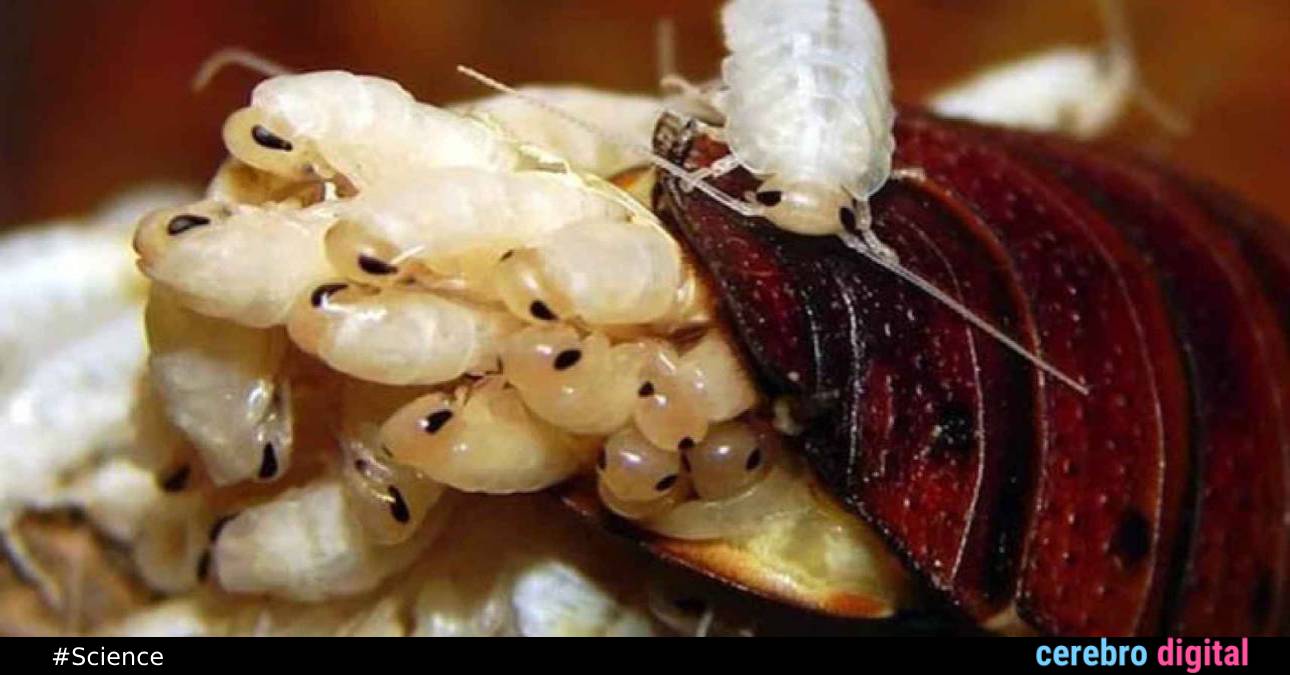
With new technologies and emerging food industries, it’s common to see new foods emerging as alternatives to existing ones. However, some of these options are quite questionable, and one of them is undoubtedly cockroach milk, which has been touted as the “superfood of the future.”
What nutrients does it contain to deserve such a title? Well, numerous internet sources have highlighted some advantages that we will discuss below.
Cockroach Milk

A study has revealed that a protein crystal found in the gut of cockroaches is four times more nutritious than cow’s milk. This remarkable discovery is based on research conducted a few years ago on these insects.
As reported in various sources, experts have demonstrated that the Diploptera punctata, a viviparous cockroach species, produces a milk-like fluid that it uses to feed its offspring. This fluid is rich in proteins, fats, and sugars.
Although the European Food Safety Authority (EFSA) has approved the consumption of various types of insects in different countries, including Spain, such as mealworms, domestic crickets, or beetle larvae, milking cockroaches proves to be a rather challenging task.
Production Challenges

Furthermore, it would take a considerable amount of time to fill a single milk container, making production and commercialization practically impossible.
Another factor to consider is the traditionally negative perception of cockroaches, which are associated with dirt and disgust. This could lead to a significant portion of consumers rejecting the idea of consuming milk from these insects.
While in some cultures, they are part of the diet, considering the factors mentioned above, it is unlikely that cockroach milk will become a widespread choice, despite its potential benefits. For now, cow’s milk remains the predominant choice.
In summary, cockroach milk is an intriguing topic that has garnered attention due to its potentially high nutritional content. However, its production and acceptance in the human diet face significant challenges due to the difficulty of obtaining it, the negative cultural association with cockroaches, and the availability of other more conventional sources of nutrients. Although its potential is being researched, it remains to be seen whether cockroach milk will become a viable food option in the future.
